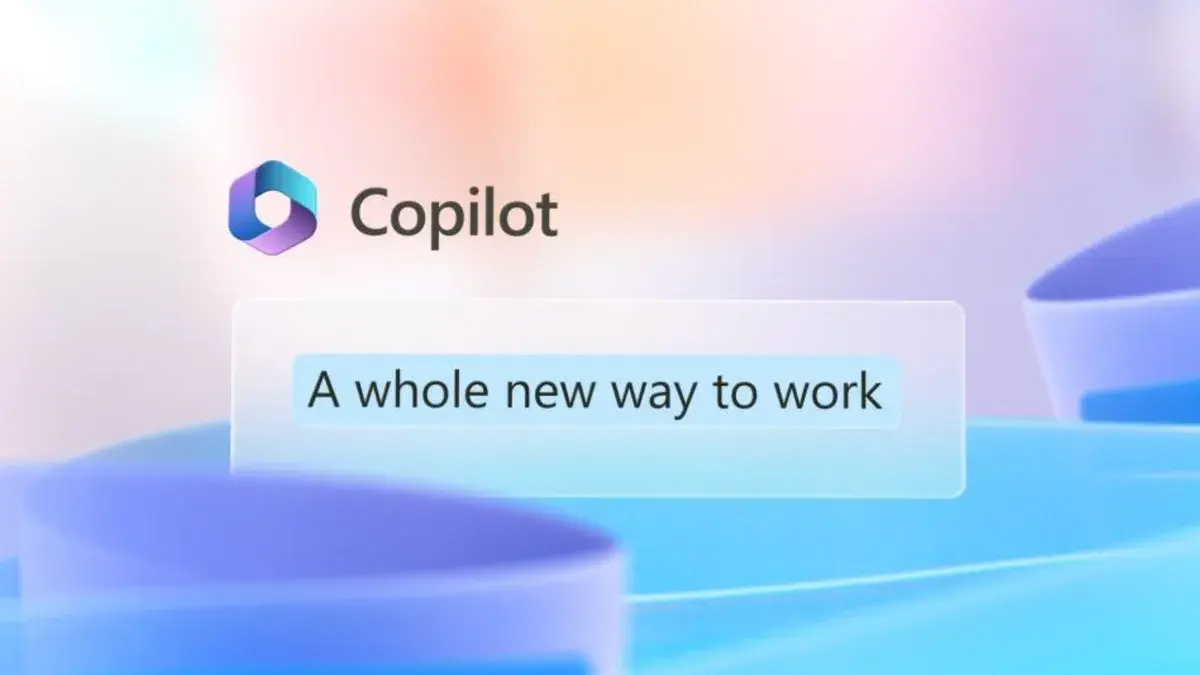Microsoft’s latest operating system, Windows 11, has been out for about three years now. But for many users, the familiar and functional Windows 10 remains their go-to choice. Let’s explore why the last operating system might still be the perfect fit for your needs.
Windows 10 Gets Many of the Design Elements Right

Many users have embraced the sleek new look of Windows 11. But for some, Windows 10’s familiar interface remains a major draw.
Windows 11’s centered Start menu and separate app list can feel like a step back. In Windows 10, pinned apps are accessible, and the app list is neatly organized. Plus, pinning apps is a breeze. All you need to do is drag and drop! Windows 10 also allows for handy widgets right on the Start menu. Windows 11 relegates them to a separate dashboard.
Besides, Windows 10 merges the action menu and notification panel, saving you clicks. Windows 11 separates them, requiring extra steps for common tasks. The right-click menu in Windows 11 feels like an unnecessary complication. Windows 10 offers a streamlined right-click experience. It gets you what you need without hassles.
This comes down to personal preference, but some users find Windows 10’s dark mode more appealing. The stark contrast between the black and grey offers a cleaner aesthetic. Windows 11’s use of transparency and a wider range of colors can feel cluttered in comparison.
Moreover, Windows 10’s sharper design might suit your taste. The rounded corners of Windows 11 can feel reminiscent of phone interfaces. Some users might not prefer them on their desktops.
It’s Still Great for Gaming

Windows 11 boasts some new features. But none are game-changers for many users. DirectX 12 Ultimate, a graphics technology, is supported on Windows 10. DirectStorage, designed for faster loading times, offers minimal practical difference.
Auto Super Resolution (Auto SR) is a new Windows 11 feature. It can boost resolution without sacrificing performance, but it has limitations. Auto SR only works on specific hardware with an NPU (Neural Processing Unit). If you’re planning to upgrade to a CPU without an NPU, even switching to Windows 11 won’t get you Auto SR.
Windows 10 Is Free of Unnecessary AI Stuff

Beyond aesthetics and gaming, some users focus on having a streamlined workflow.
Windows 11 introduces Copilot, an AI assistant offering various features. While some might find it helpful, others may prefer a less cluttered experience. Windows 10 allows you to leverage external tools like ChatGPT. You can enjoy them without needing an integrated assistant.
Copilot Plus, a subset of Copilot features, offers functionalities. But many of these capabilities are available through web browsers. This makes a dedicated OS upgrade unnecessary.
If you have an NVIDIA GPU, Copilot Plus features remain inaccessible on Windows 11. This negates the potential benefit of upgrading for these users.
Some features like Live Captions might hold value in specific scenarios. But their impact might be minimal for users who consume English media. Similarly, features like Windows Studio Effects might not resonate with everyone’s workflow.
You Won’t Be Missing Out on Much If You Don’t Upgrade

For many users, a reliable and familiar operating system trumps the allure of the latest version.
If your current hardware functions flawlessly on Windows 10, there’s little reason to switch. Upgrading to Windows 11 might introduce compatibility issues or need extra troubleshooting. Sticking with Windows 10 ensures a smooth user experience with your existing setup.
Sometimes, comfort and efficiency outweigh the novelty of a new interface. Windows 10 offers a familiar and well-established environment, allowing you to navigate tasks with ease. Learning a new operating system can disrupt your workflow. Windows 10 eliminates that learning curve.
Yes, Windows 11 boasts features like Auto HDR and advanced window snapping. However, Windows 10 users can often achieve similar results with existing tools. For instance, PowerToys offers a feature called FancyZones. It replicates the functionality of Windows Snap.
The best operating system is the one that caters to your specific needs. If the features introduced in Windows 11 don’t address any shortcomings in your Windows 10 experience, there’s no compelling reason to upgrade.
But You May Eventually Need to Upgrade to Windows 11

Microsoft will end support for Windows 10 on October 14th, 2025. With over a year of official support remaining, there’s ample time to evaluate Windows 11’s evolution. This allows you to make a more informed decision about upgrading in the future.
Microsoft hasn’t revealed individual user pricing for ESUs (Extended Security Updates) beyond 2025. But the possibility of it happening exists. If the cost is reasonable, you can extend Windows 10’s security coverage for extra peace of mind.
Upgrading for features like Auto HDR hinges on having compatible hardware. If you don’t currently own an HDR display and aren’t planning to soon, the feature loses its appeal.





